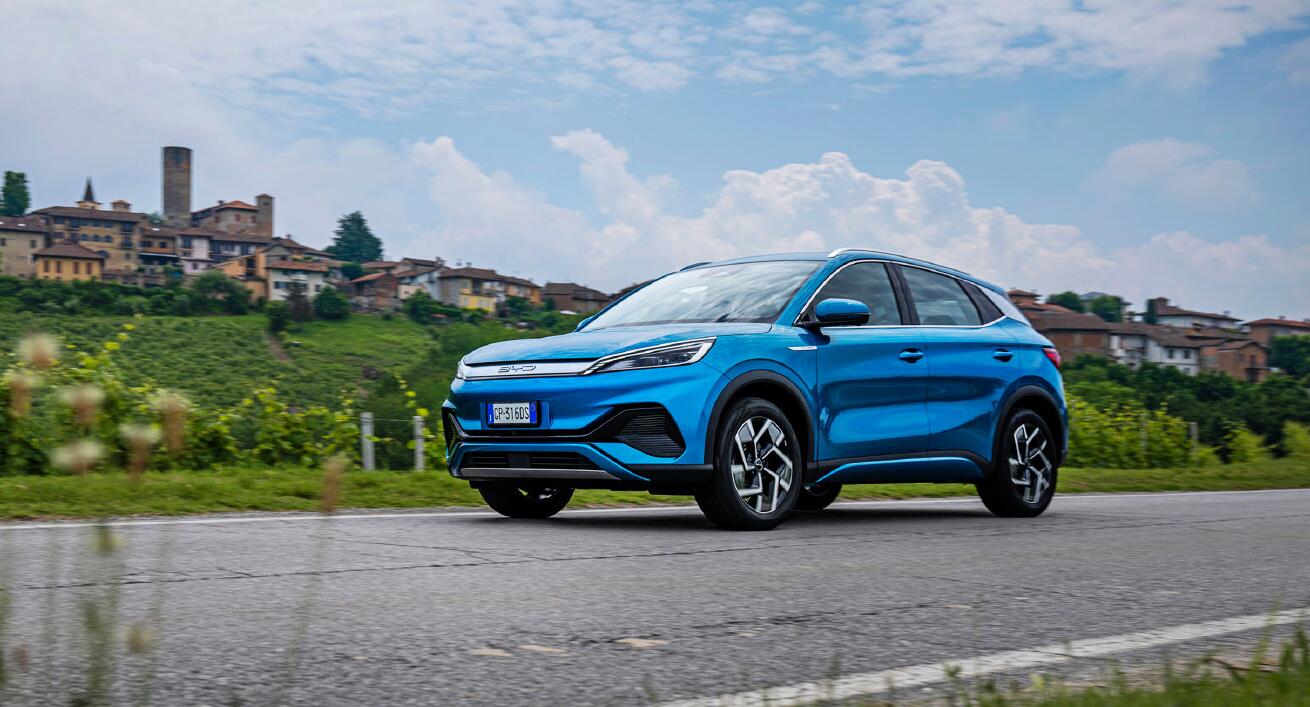The EC6 is the last remaining piece of the puzzle as NIO switches models from the NT 1.0 platform to the NT 2.0 platform.

(Image credit: Weibo @肉肉爸比ev)
The EC6 is the last remaining piece of the puzzle as NIO (NYSE: NIO) switches models from the NT 1.0 platform to the NT 2.0 platform. Now, the revamped version of the coupe SUV may not be far from being available.
Long-time NIO follower and car blogger @肉肉爸比ev shared several pictures of the new EC6 on Weibo yesterday, saying that the model is undergoing testing.
The daytime running lights on the front of the new EC6 are the biggest difference between it and other models, the blogger noted.

On February 13, China's Ministry of Industry and Information Technology announced a new batch of catalogs of models that will be allowed to be sold in China, and the new EC6 was included.
The page for the new EC6 shows that it uses the same LiDAR and camera setup on the roof as the rest of the NT 2.0-based platform, and the front and taillight designs are similar to the other latest models.
The model is 4,849 mm long, 1,995 mm wide, 1,697 mm high and has a wheelbase of 2,915 mm.
For comparison, the old EC6, based on the NT 1.0 platform, is 4,850 mm long, 1,965 mm wide and 1,731/1,714 mm high, with a wheelbase of 2,900 mm.
The old EC6 was previously offered in three versions, priced at RMB 396,000 ($55,566), 436,000 and 496,000 respectively.
The new EC6 is equipped with dual motors produced by NIO's electric drive systems division in Hefei, Anhui province, with a maximum power of 150 kW and 210 kW, respectively, and can support a top speed of 200 km/h, according to the regulatory filing in February.

The two lower-priced versions of the EC6 on the NT 1.0 platform carry dual motors both with a maximum power of 160 kW, while the highest-priced version carries a maximum power of 160 kW for the front motor and 240 kW for the rear motor.
The new EC6 will support the option of retractable electric tow hooks and will be equipped with an electric rear wing.
NIO is launching new models at a very tight pace this year. The company unveiled the EC7 and new ES8 on NIO Day 2022 on December 24, 2022, with deliveries of the former already starting on April 28 and the latter due to begin later this month.
The EC7 is also a coupe SUV and is currently offered in two versions with starting prices of RMB 458,000 and RMB 548,000 respectively.
The EC7 is not the NT 2.0 version of the EC6, which is expected to offer a lower price point to meet the needs of the group that prefers this type of vehicle.
On April 18, NIO launched the 2023 ET7 and unveiled the new ES6 on the NT 2.0 platform on the first day of the Shanghai auto show.
Deliveries of the 2023 ET7 began on May 20, and the new ES6 was officially launched on May 24 and deliveries began that night.
On June 15, NIO launched the ET5 Touring in China and its deliveries started on June 16.

($1 = RMB 7.1265)
The post NIO testing new EC6 as its product changeover continues appeared first on CnEVPost.
For more articles, please visit CnEVPost.














